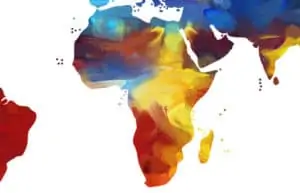 AI Genetics has surprising results
AI Genetics has surprising results
by David Siener, South Africa
I have long held that the 4th Industrial Revolution is already bringing huge advances to our understanding of the human genome. AI driven search & analytic tools are helping us put the microscope to that last 1% that holds the secrets to our humanity.
This analysis of a broad African sample, takes us for the first time on a journey that parallels that archaeologists like the Leakey family have been taking us on, from Australopithecus to Habilis to Naledi. Indirectly one of these or their later relatives appears to have contributed DNA that is both the reason for Africa’s diversity and its uniqueness from other populations worldwide.
Now this, from phys.org, April 24:
African populations crossbred with other extinct humans
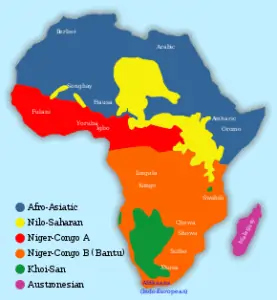 A new international study led by David Comas, principal investigator at UPF and at the Institute of Evolutionary Biology (IBE: CSIC-UPF), demonstrates for the first time using artificial intelligence that African populations hybridized with other extinct humans…
A new international study led by David Comas, principal investigator at UPF and at the Institute of Evolutionary Biology (IBE: CSIC-UPF), demonstrates for the first time using artificial intelligence that African populations hybridized with other extinct humans…
Until now it was known that some extinct populations, such as Neanderthals or Denisovans, had mixed with modern humans outside Africa. However, in African populations no crossbreeding had been consistently demonstrated. Now, they have identified the introgression of an extinct line of humans in the DNA of present-day African populations. “This totally unknown archaic population mixed with the ancestors of Africans and their genes have been conserved in their genome until the present”, explains David Comas, full professor of Biological Anthropology at the Department of Experimental and Health Sciences (DCEXS) at UPF.
“… the presence must be taken into account of an extinct archaic African population…”
 ‘”What has surprised us is that in order to describe the genetic diversity found in African populations today, the presence must be taken into account of an extinct archaic African population, with whom anatomically modern humans would have mixed,” he adds. This result indicates that not only were there archaic populations different from the sapiens lineage outside Africa (such as Neanderthals or Denisovans), but that within this continent there were sub-populations with which anatomically modern humans who remained in Africa had offspring.”‘
‘”What has surprised us is that in order to describe the genetic diversity found in African populations today, the presence must be taken into account of an extinct archaic African population, with whom anatomically modern humans would have mixed,” he adds. This result indicates that not only were there archaic populations different from the sapiens lineage outside Africa (such as Neanderthals or Denisovans), but that within this continent there were sub-populations with which anatomically modern humans who remained in Africa had offspring.”‘
More:
‘”This finding challenges the observations made previously on the crossbreeding of Neanderthals or Denisovans with European or Asian ancestors because Africans have always been taken as a model of population without introgression,” explains David Comas, head of the Human Genome Diversity group at the IBE. “Our research leads one to question some assumptions established today based on the premise that the African population did not have introgressions,” he adds.”‘
Note:
“The study involved researchers from the Yale School of Medicine, the University of Taibah (Saudi Arabia), the University of Jendouba (Tunisia), IDIBELL, the University of Helsinki (Finland), the University of Witwatersrand (South to Africa) and the Lebanese American University.”
Proud to have the University of the Witwatersrand associated with this project.
Siener 9, South Africa.
UPDATE!
Interview (entrevista) 2020, with David Comas at YouTube.
UPDATE!!
A newer study using newly developed tools. was released in February 2023, with some surprising results seemingly confirming past findings as reported on above.
From Nature,
Human-specific genetics: new tools to explore the molecular and cellular basis of human evolution
Our ancestors acquired morphological, cognitive and metabolic modifications that enabled humans to colonize diverse habitats, develop extraordinary technologies and reshape the biosphere. Understanding the genetic, developmental and molecular bases for these changes will provide insights into how we became human…
The fossil record has illuminated a diversity of hominids, revealing that many changes towards the modern human condition were gradual. This gradual transition in the fossil record points to there not being a single mutation that made us human, but instead a large number of mutations, spread out over millions of years, that contributed to human specializations. DNA has been sequenced from ancient bones for some relatively recent archaic hominins (that is, Neanderthals and Denisovans), which can aid in temporally ordering the many mutations. These archaic genomes reveal a genetic exchange between hominin populations, and this exchange has left both a genetic and phenotypic legacy in many humans alive today.
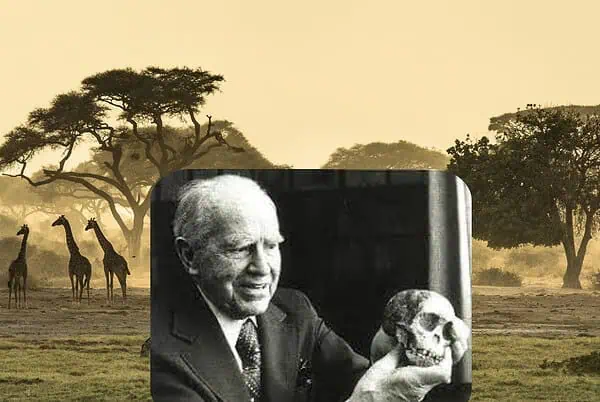
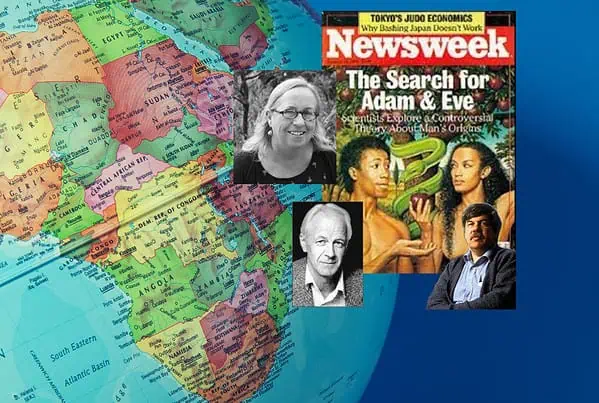
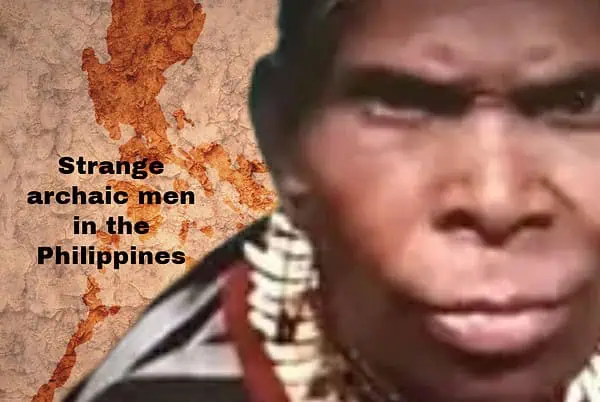

I have noticed you don’t monetize subspecieist.com,
don’t waste your traffic, you can earn additional cash every month with new monetization method.
This is the best adsense alternative for any type of website
(they approve all websites), for more info simply search in gooogle:
murgrabia’s tools
Hello. I have checked your subspecieist.com and i see you’ve got some duplicate content
so probably it is the reason that you don’t rank hi in google.
But you can fix this issue fast. There is a tool that
creates content like human, just search in google: miftolo’s tools